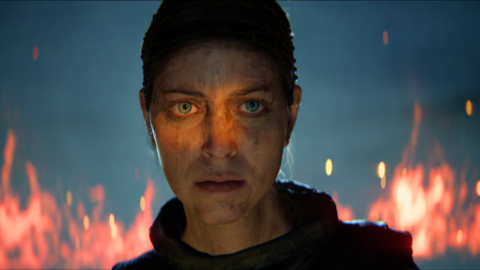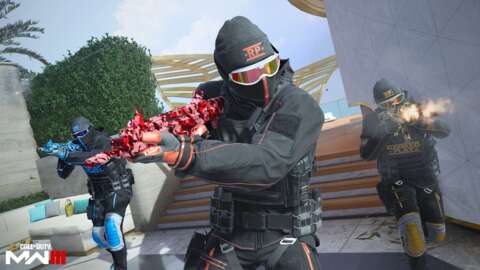When Hellblade: Senua’s Sacrifice was released in 2017 it quickly became one of my favorite games of all time. I beat it in one sitting and remember feeling thankful that I had played it in a room dark enough to conceal how much I wept as the credits rolled. As a young woman who had endured abuse and was desperately wrangling with her own mental health and attachment issues, Senua’s journey resonated and comforted me in a way no other game ever had. So it might surprise you then, that when I heard Ninja Theory was working on a sequel, I was extremely hesitant.
My biggest concern–particularly after Microsoft purchased Ninja Theory–was that the next entry in the Hellblade series would aim to be one of the massive, AAA experiences that are taking over the games industry, complete with a cluttered mini-map, crafting, side quests, and more. That’s not to say these features are inherently bad of course–they do have their place–but to me, this felt at odds with what Hellblade did so well. I didn’t want breadth, I wanted the series to maintain its depth; I wanted emotion, art, storytelling, introspection, mythos, terror, and magic. In fact, I was so concerned that the studio would trade in its depth for breadth, I didn’t foresee what actually happened.
Rather than expanding its systems and scope, or weaving a story equal parts intimate and mystical, Senua’s Sage: Hellblade 2 focuses on vastly improving what its predecessor already did so well: visuals and sound. Hellblade 2 is a marvel to look at. It’s gorgeous, cinematic, and hyper-realistic, yet still eerie and ethereal. Its music remains extraordinary, and its sound design is primed to make your skin crawl. And yet, I cannot help but be disappointed by how pared down and shallow its story and gameplay are. While Hellblade 2 might be a sight to behold, its minimal gameplay and muddled narrative prevent it from being a game that has any meaningful impact on me.



